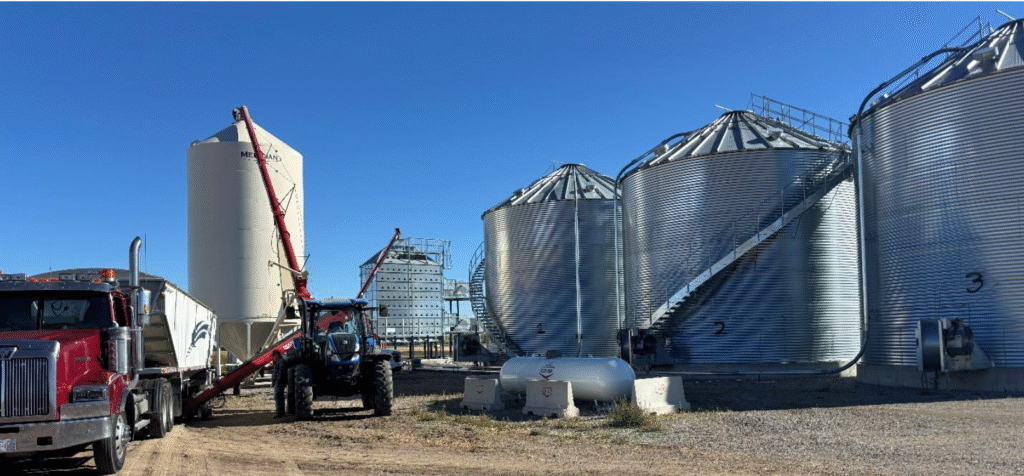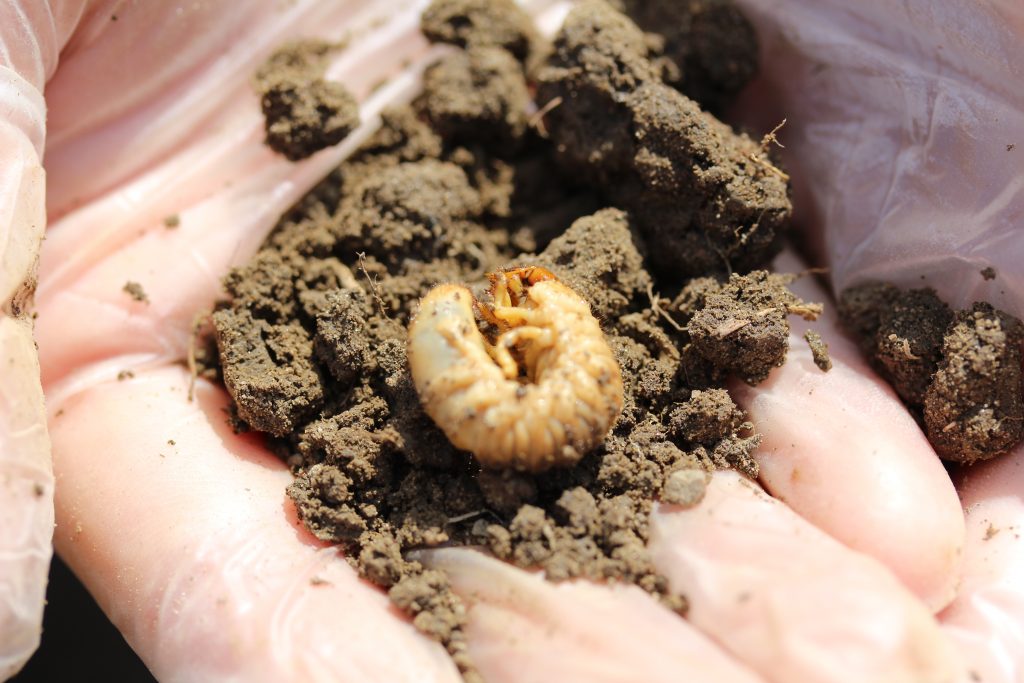OMAFA Grain Drying Webinar

Efficient Grain Drying Techniques for Quality & Profitability Hosted by the Engineering and Innovation Unit, Environmental Management Branch, OMAFA Date: Wednesday, December 3, 2025 Time: 7:00 PM – 9:00 PM (EST) Virtual: https://us06web.zoom.us/meeting/register/QpJhYp_hQ5OCkZvTfkkPhA Meeting ID: 841 3257 1925 (Registration is free) Passcode: CxisM0 Join us for an enlightening evening with two leading experts in agricultural […]



